 Throughout March, the USDA’s Natural Resources Conservation Service, with some help from the American Farmland Trust and Farm Foundation, has been holding a series of regional meetings across the country to examine conservation programs and policies. Now, the ideas talked about at those meetings will be brought together at the National Agricultural Landscapes Forum April 7-8 at the Marriott Metro Center Hotel, Washington, D.C:
Throughout March, the USDA’s Natural Resources Conservation Service, with some help from the American Farmland Trust and Farm Foundation, has been holding a series of regional meetings across the country to examine conservation programs and policies. Now, the ideas talked about at those meetings will be brought together at the National Agricultural Landscapes Forum April 7-8 at the Marriott Metro Center Hotel, Washington, D.C:
“At a time of increasing competition for natural resources, it is important for all interested parties to offer their perspectives on how best to sustain the nation’s water, soil and natural resource assets,” says Farm Foundation, NFP President Neil Conklin. “Multiple viewpoints are needed to insure that public and private leaders have the tools they need to make informed decisions-decisions that may well have long-term impacts.”
This national forum is targeted to anyone with an interest in soil, water and natural resources conservation, including Congressional staff, agriculture and conservation organizations, farmers and ranchers, Tribal officials, state and federal agency staff, and others concerned about the future of the nation’s agricultural landscape.
A panel of nationally-recognized thought leaders in soil and water conservation and agricultural landscapes was appointed to contribute to the regional and national Agricultural Landsape meetings. Members are: Roger Allbee, former Vermont Secretary of Agriculture; Varel Bailey, Bailey Farms, Inc., Anita, Iowa; Craig Cox, Environmental Working Group; Otto Doering, Purdue University; P.J. Haynie, Haynie Farms, Hague, Va., and National Black Grower’s Council; Teresa Lasseter, Moultrie, Ga.; A.G. Kawamura, former California Secretary of Agriculture; Pat O’Toole, Ladder Ranch, Wyoming and Family Farm Alliance; Ross Racine, Intertribal Agriculture Council; Charles Stenholm, Olsson, Frank, Weeda Terman Bode Matz PC; and Sara Wyant, Agri-Pulse Communications.
If you want to attend, you need to register by this coming Thursday, March 31. Information is available on the National Forum website.

 Precision Laboratories, an agricultural chemical company, has developed, Mix Tank, an iPhone-based app that allows you to save custom tank mixes and share them via email, Twitter and Facebook.
Precision Laboratories, an agricultural chemical company, has developed, Mix Tank, an iPhone-based app that allows you to save custom tank mixes and share them via email, Twitter and Facebook.
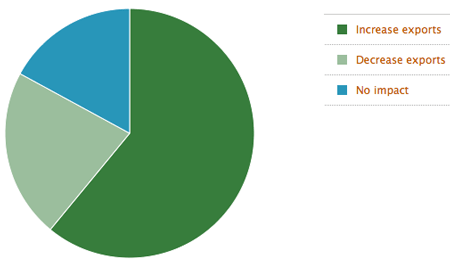



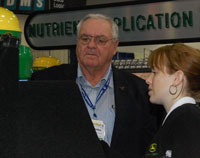
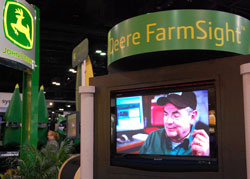 Machine Optimization – John Deere FarmSight provides solutions that will get the most out of your machine using precision technology and wireless, mobile data networks for higher levels of productivity and increased uptime.
Machine Optimization – John Deere FarmSight provides solutions that will get the most out of your machine using precision technology and wireless, mobile data networks for higher levels of productivity and increased uptime.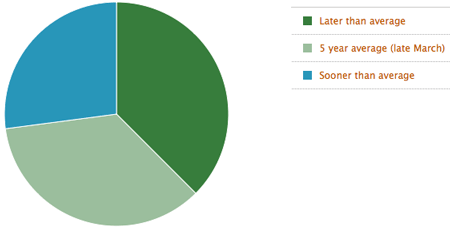
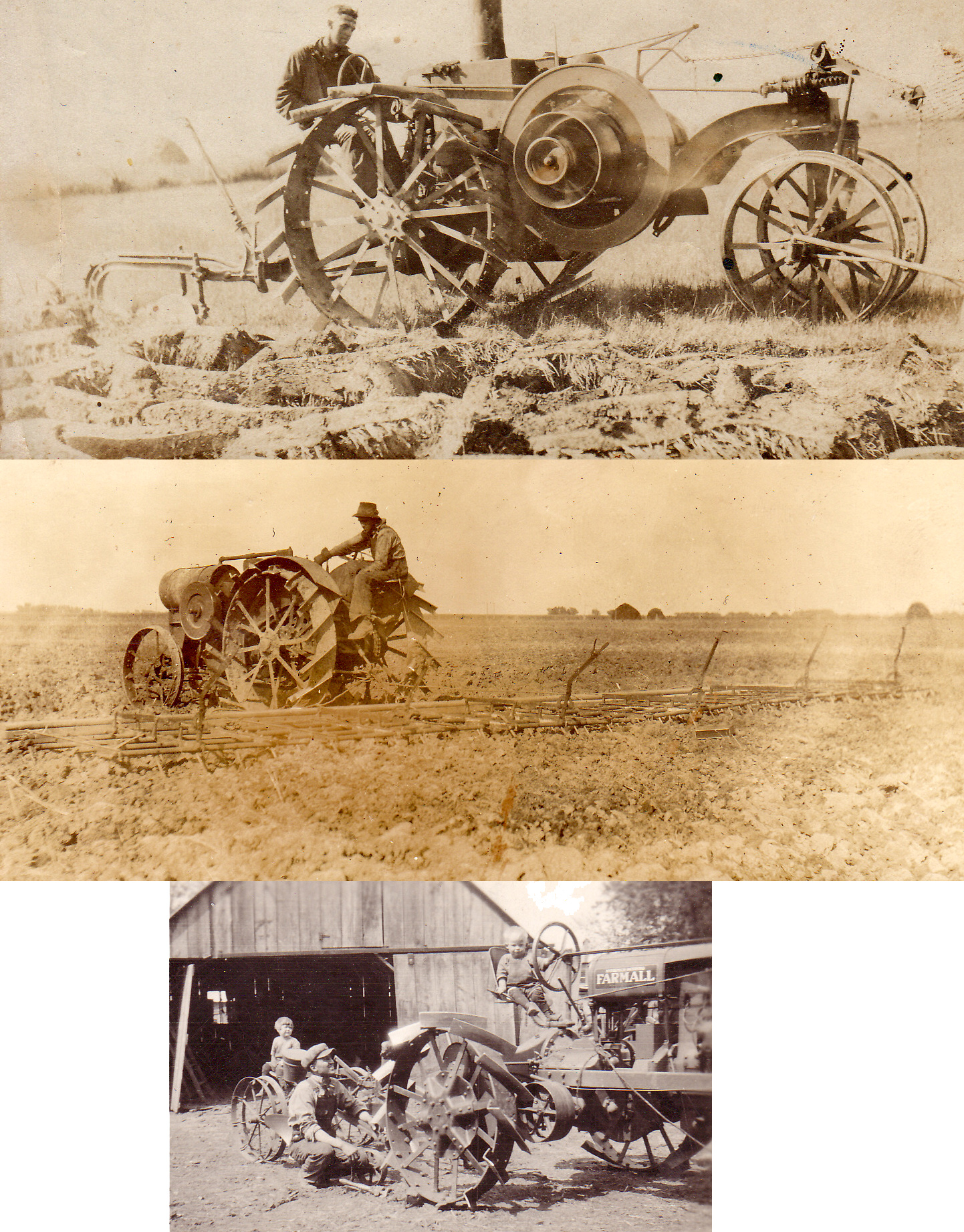
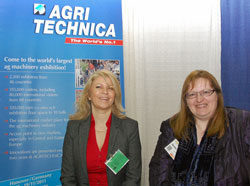 Only eight months until the world’s largest agricultural machinery and equipment exhibition opens its gates in Hanover, Germany with more manufacturers of tractors, agricultural machinery and equipment than ever before.
Only eight months until the world’s largest agricultural machinery and equipment exhibition opens its gates in Hanover, Germany with more manufacturers of tractors, agricultural machinery and equipment than ever before. 
